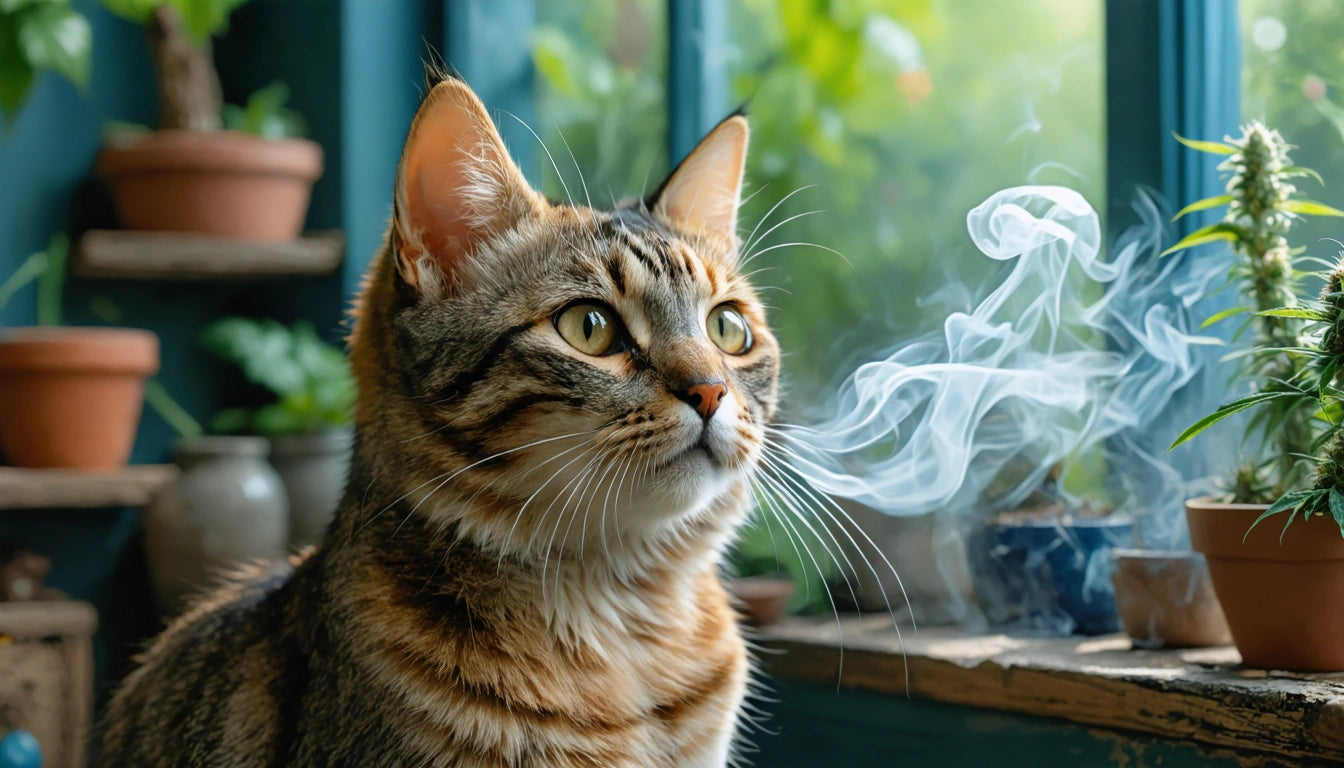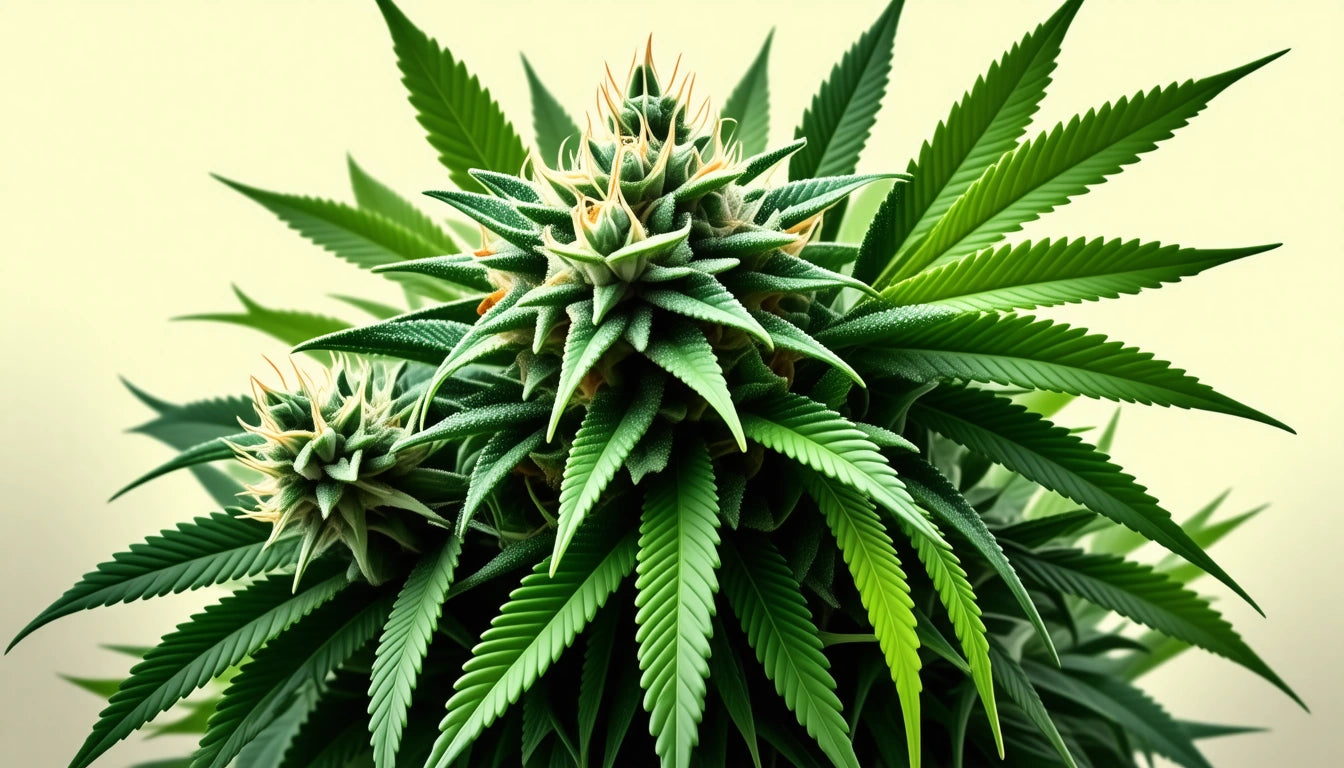Table of Contents
- Cats and Cannabis Exposure: Understanding the Risks
- Secondhand Cannabis Smoke and Its Effects on Cats
- Recognizing Symptoms of Cannabis Exposure in Cats
- Protecting Your Cat from Secondhand Cannabis Exposure
- Treatment Options for Accidental Cannabis Exposure
- Responsible Consumption and Pet Safety Practices
Can Cats Get High from Secondhand Cannabis Exposure?
Pet owners who consume cannabis often wonder about the potential effects on their feline companions. The question "can cats get high" is increasingly common as cannabis becomes more mainstream. The simple answer is yes, cats can experience intoxication from secondhand cannabis smoke, vapor, or direct ingestion. Understanding how cannabis affects cats and implementing preventative measures is crucial for responsible pet ownership.
Cats and Cannabis Exposure: Understanding the Risks
Cats have an endocannabinoid system similar to humans, but it functions differently and makes them more sensitive to THC. According to research on feline cannabis exposure, cats process cannabinoids less efficiently than humans, leading to more pronounced and potentially dangerous effects.
When considering if cats can get a contact high, it's important to understand that their smaller body size and different metabolism significantly amplify the effects of even minimal exposure. This makes what might be a mild experience for humans potentially dangerous for felines.
Secondhand Cannabis Smoke and Its Effects on Cats
Passive Smoke Exposure
Cats can indeed get second-hand high from cannabis smoke in enclosed spaces. Their sensitive respiratory systems absorb cannabinoids through passive inhalation. As detailed in this exploration of marijuana effects on felines, smoke particles can linger in fur and be ingested during grooming, creating a secondary exposure route.
Vaporizer and Cart Exposure
The question "can cats get high from carts" is also relevant as vaping becomes more popular. While vaporizers produce less secondhand smoke than combustion methods, they still release cannabinoids into the air that cats can inhale. Some cannabis users store their products with specialized humidity control solutions to maintain freshness, which can help reduce ambient odors but doesn't eliminate the risk of airborne THC exposure.
Recognizing Symptoms of Cannabis Exposure in Cats
Identifying when a cat has been affected by cannabis is crucial for prompt intervention. Common signs that a cat might be experiencing a secondhand high include:
- Dilated pupils and glassy eyes
- Uncoordinated movement or difficulty walking
- Lethargy or excessive sleepiness
- Hypersensitivity to touch or sound
- Vomiting or drooling
- Low body temperature
- Urinary incontinence
- In severe cases, seizures or coma
These symptoms can vary in intensity depending on the level of exposure and the individual cat's sensitivity, as explained in this guide on marijuana's effects on cats.
Protecting Your Cat from Secondhand Cannabis Exposure
To prevent cats from experiencing a contact high, cannabis users should implement several protective measures:
Creating Separate Spaces
Designate specific areas for cannabis consumption away from where your cat spends time. Ensure these spaces are well-ventilated and consider using air purifiers with HEPA filters to reduce airborne particles.
Proper Storage Solutions
Store all cannabis products in airtight containers out of your cat's reach. This prevents both accidental ingestion and reduces ambient odors that might contain trace cannabinoids. Many consumers use specialized storage systems combined with humidity control packs to maintain product freshness while keeping pets safe.
Ventilation Considerations
Always consume in well-ventilated areas or outdoors when possible. Open windows, use exhaust fans, or consider air purification systems to minimize lingering smoke or vapor.
Treatment Options for Accidental Cannabis Exposure
If you suspect your cat has been exposed to cannabis and is showing symptoms, veterinary attention is recommended. Treatment typically includes:
- Supportive care to maintain hydration and body temperature
- Activated charcoal administration in cases of recent ingestion
- IV fluids to help flush the system
- Anti-nausea medication if vomiting persists
- Monitoring of vital signs until symptoms subside
Most cats recover fully within 24-36 hours with proper care, though recovery time varies based on exposure level and individual factors, as noted in this resource on THC effects on cats.
Responsible Consumption and Pet Safety Practices
Cannabis consumers with pets should develop habits that prioritize animal welfare. This includes being mindful of how consumption methods might affect household pets, properly storing all cannabis products, and understanding the signs of accidental exposure.
For those wondering if cats can get second-hand high, the evidence clearly indicates they can. Unlike humans who choose to consume cannabis, pets cannot consent to exposure and may experience significant distress from its effects. By implementing thoughtful precautions and maintaining awareness of your pet's environment, you can enjoy cannabis products while ensuring your feline companions remain safe and comfortable.
Remember that veterinarians are increasingly knowledgeable about cannabis effects on pets and should be consulted without hesitation if you suspect your cat has been exposed. Open communication with your vet, without fear of judgment, ensures your pet receives the best possible care in case of accidental exposure.











Leave a comment
All comments are moderated before being published.
This site is protected by hCaptcha and the hCaptcha Privacy Policy and Terms of Service apply.